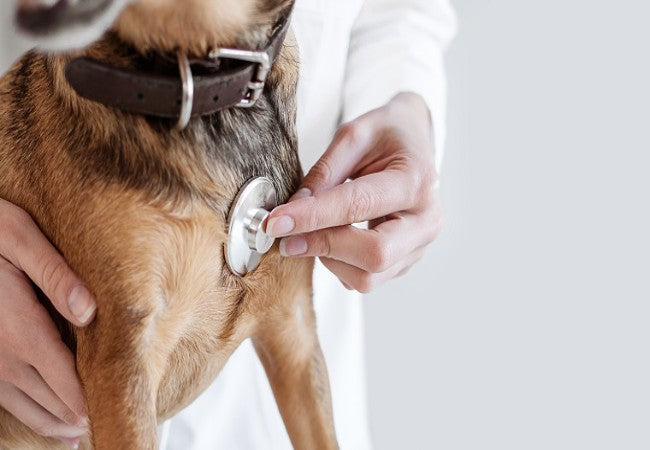Hemothorax in Dogs: Vet-Approved Causes, Symptoms & Treatments (2025 Guide) 🩺🐾🩸

In this article
Hemothorax in Dogs: Vet-Approved Causes, Symptoms & Treatments (2025 Guide) 🩺🐾🩸
By Dr. Duncan Houston BVSc
As a veterinarian, I occasionally encounter cases of hemothorax in dogs, a condition that can rapidly become life-threatening. Understanding this condition is crucial for early detection and effective treatment. This comprehensive guide aims to educate pet owners on the causes, symptoms, and treatment options for hemothorax in dogs.
🧬 What Is Hemothorax?
Hemothorax is the accumulation of blood within the pleural cavity—the space between the lungs and the chest wall. This condition can impair lung function, leading to respiratory distress and, if untreated, can be fatal.
🐞 Causes and Risk Factors
Several factors can lead to hemothorax in dogs:
- 🚗 Trauma: Blunt or penetrating injuries to the chest.
- 🧬 Coagulopathies: Blood clotting disorders, either congenital or acquired.
- 🦠 Infections: Severe infections causing vascular damage.
- 🧪 Tumors: Especially those affecting the lungs or chest wall.
- 🧫 Rodenticide Poisoning: Ingestion of anticoagulant poisons.
- 🧬 Organ Rupture: Herniation or rupture of organs like the liver or spleen into the chest cavity.
⚠️ Symptoms of Hemothorax
Signs to watch for include:
- 😰 Difficulty Breathing: Rapid or labored respiration.
- 💤 Lethargy: Unusual tiredness or weakness.
- 💙 Pale Gums: Indicating anemia or poor circulation.
- 💓 Rapid Heart Rate: As the body attempts to compensate for blood loss.
- 🛌 Collapse: In severe cases, due to shock.
If your dog exhibits any of these symptoms, seek veterinary care immediately.
🩺 Diagnosing Hemothorax
Diagnosis involves:
- 🩺 Physical Examination: Assessing respiratory and cardiovascular status.
- 🖼️ Imaging: Chest X-rays or ultrasound to detect fluid accumulation.
- 🧪 Thoracocentesis: Sampling chest fluid to confirm the presence of blood.
- 🧬 Blood Tests: Evaluating clotting function and identifying underlying causes.
💊 Treatment Options
Treatment focuses on stabilizing the dog and addressing the underlying cause:
- 💨 Oxygen Therapy: To improve oxygenation.
- 💉 Fluid Therapy: Replacing lost blood volume.
- 🩸 Blood Transfusions: If significant blood loss has occurred.
- 🛌 Chest Drainage: Removing accumulated blood to relieve pressure on the lungs.
- 🔪 Surgery: In cases where bleeding persists or to repair damaged vessels or organs.
🛡️ Preventing Hemothorax
While not all cases are preventable, you can reduce risk by:
- 🏥 Regular Veterinary Check-ups: Early detection of underlying conditions.
- 🧪 Safe Storage: Keeping toxic substances like rodenticides out of reach.
- 🚗 Safety Measures: Using restraints during car travel to prevent trauma.
📱 Support and Resources
If you suspect your dog has hemothorax, consult your veterinarian promptly. For additional support:
- Ask A Vet: Access professional veterinary advice through the Ask A Vet platform.
- Download the Ask A Vet App: For quick access to veterinary support, download the Ask A Vet app.
Early diagnosis and appropriate treatment can significantly improve your dog's quality of life.
🐾 For more expert advice and pet care tips, visit AskAVet.com.






